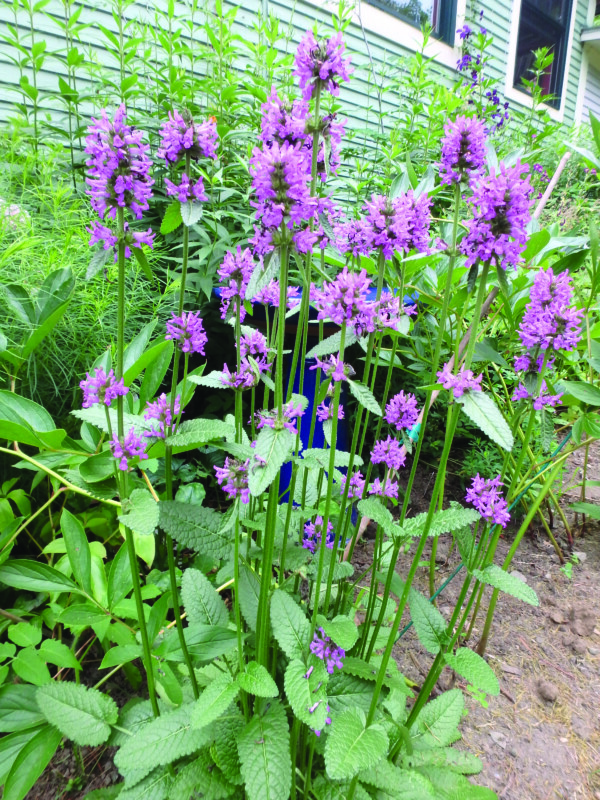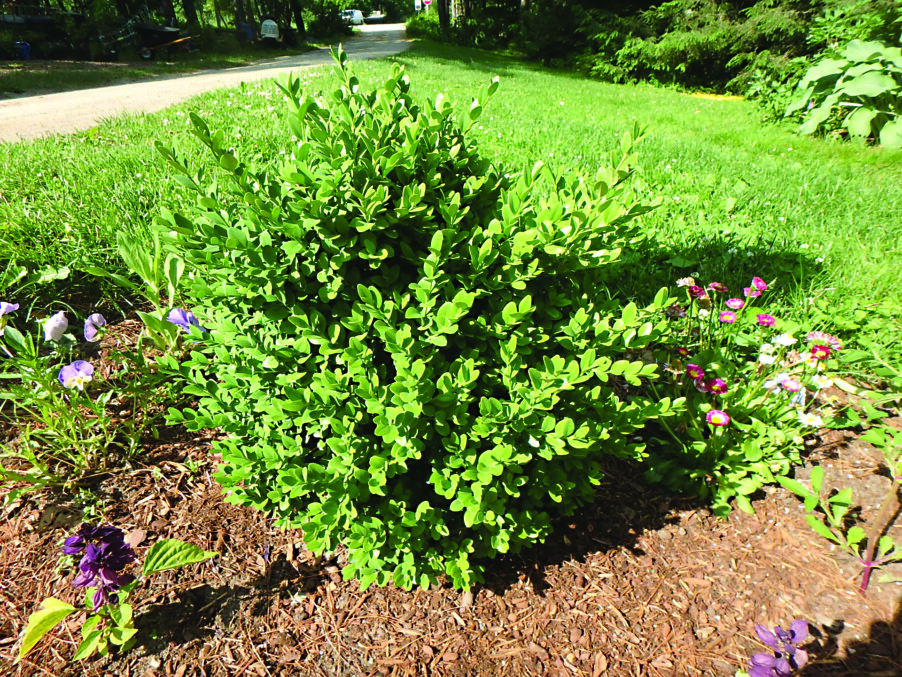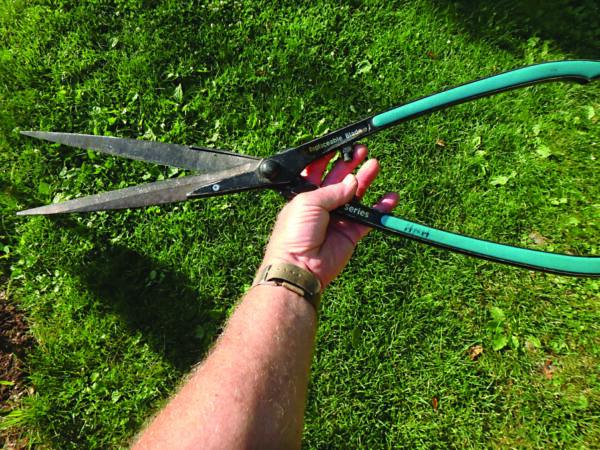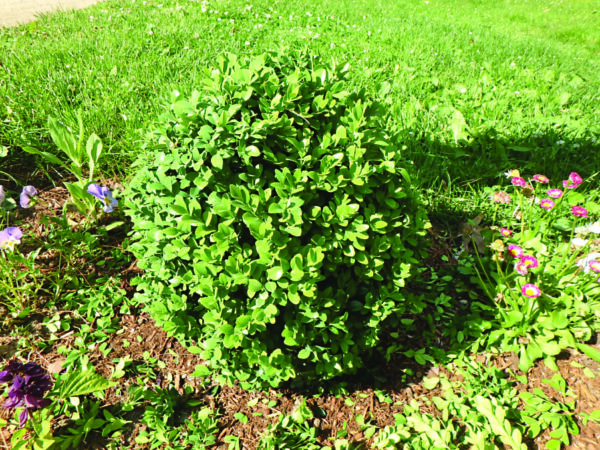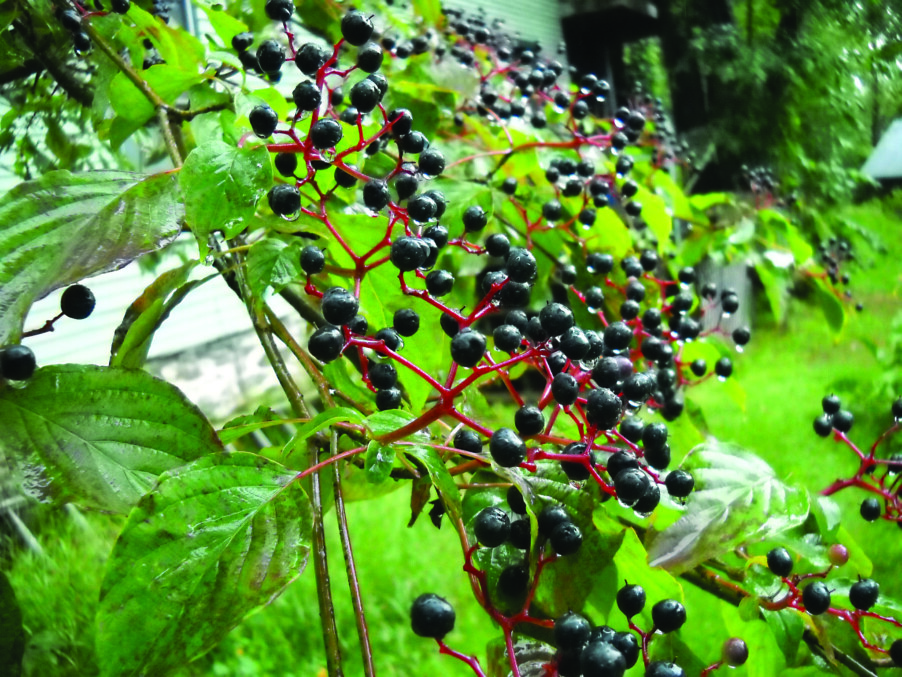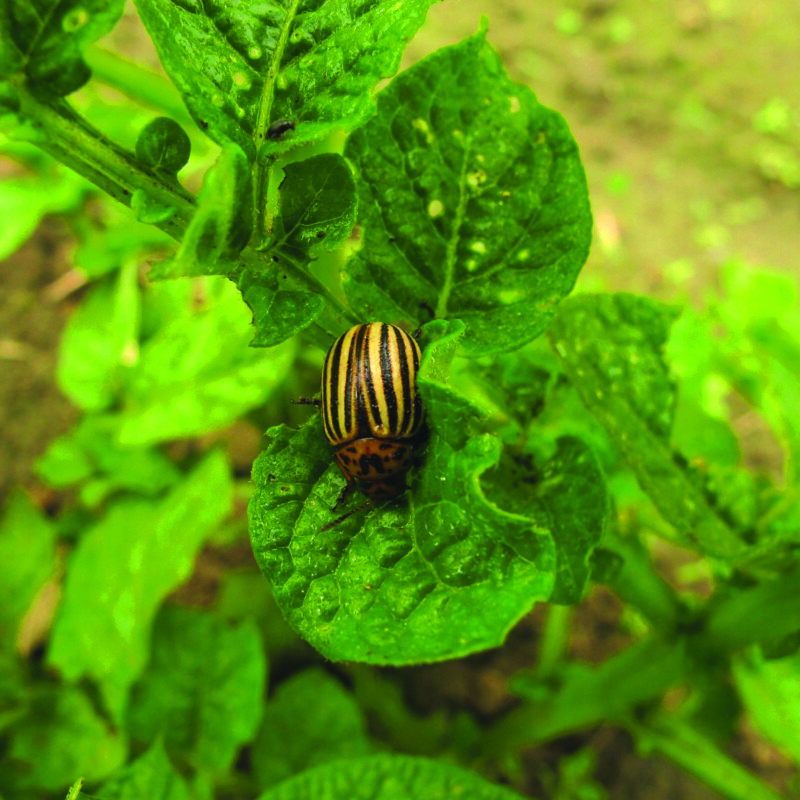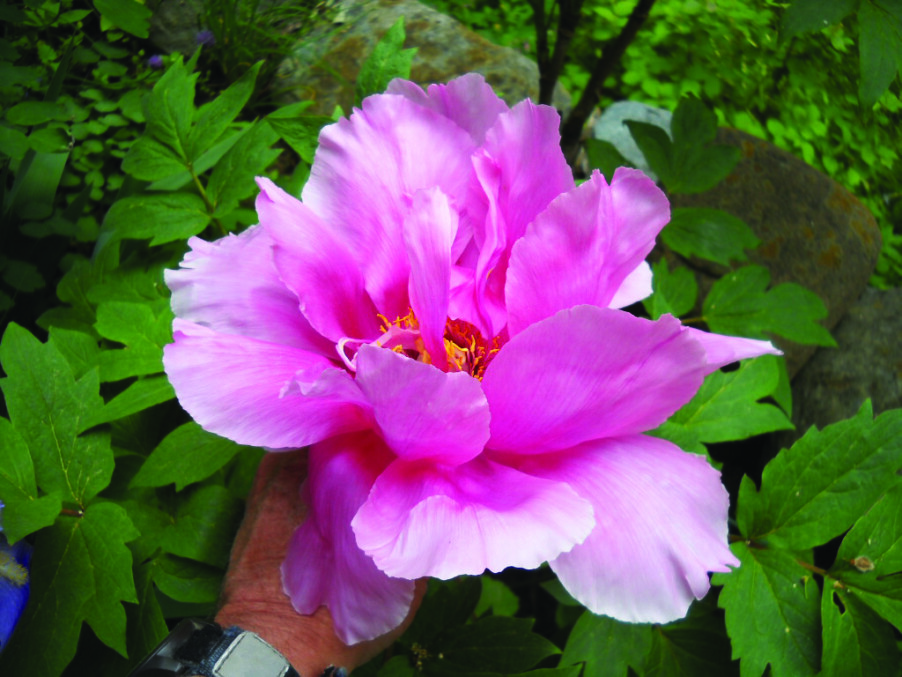It’s a quiet time for flowers
Mid-summer is often a quiet time for flowers; many gardens have fewer dramatic blossoms than in the spring. I have made an effort to have plenty blooming now. It’s true that my Japanese primroses, peonies and Siberian iris have gone by. But I have many others, both old favorites and lesser-known beauties.
Bee balm has started early this year for me. Contrary to what most gardening books say, bee balm does not need full sun. In fact, full sun makes it dry out and go by more quickly. It does well in moist, rich soil but will grow anywhere. This year I planted some wild bee balm, a native prairie plant. Its scientific name is Monarda fistulosa, and some better garden centers are selling it now, even though it is not as flashy as its domesticated cousin. It’s a light lavender in color, and shorter than the standard varieties. It is terrific for butterflies and bees.
Just finishing up for me is one of the bellflowers, clustered bellflower. It stands about 24 inches tall with purplish-blue globes of small blossoms. It is a fast spreader but pulls easily if it gets out of its place. A relative, peach-leaved bellflower, is preferred by some as it is better-behaved. It has flowers growing up its tall stems and comes in blue or white. Both species are good cut flowers.
Feverfew has been used traditionally to cure many things, but I like it as a white cut flower with a yellow center. Each blossom is small — say half an inch — but there can be hundreds on a big plant. It is rambunctious. It sows seeds and shows up around my garden, but it is easily pulled. It keeps well in an arrangement.
Betony is in bloom now, too. It is in the same genus as lamb’s ears but has green, not silvery, leaves and sends up lovely purplish flowers on stiff stalks that look great in a vase. The best variety is one called Hummelo, named after the Dutch hometown of Piet Oudolf, designer of the High Line Gardens in NYC. But Hummel means bumblebee in German, which is appropriate — it attracts bees over its long bloom time. Small flowers appear all along its tall stems.
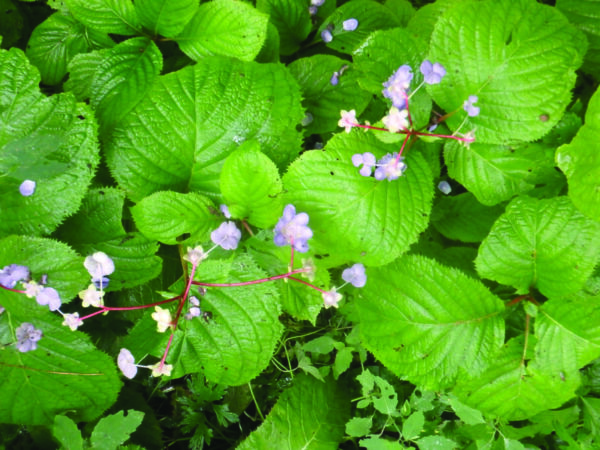
An uncommon flower in bloom for me now is called false hydrangea because the leaves are similar to those of the PeeGee hydrangea, although the flowers are totally different. This gem grows in full to part shade in moist, rich soil. It has small bluish-lavender cup-shaped flowers.
There is another false hydrangea, Deinanthe bifida, which has white flowers. Both are rated as hardy to Zone 5. I am in Zone 4 and have lost some plants, but others have survived.
A huge, dramatic plant is the giant fleece flower. The blooms are a bit like astilbe flowers on steroids. The hollow stems stand up to 8 feet tall, and flower panicles are sometimes 18 inches from top to bottom. It does not spread by root, but each year the clump gets larger. I just cut back a good portion of mine, as the plant was shading out nearby plants. It would take a pickax and a strong back to dig it up – which I have, on one occasion. It likes moist soil and full sun,
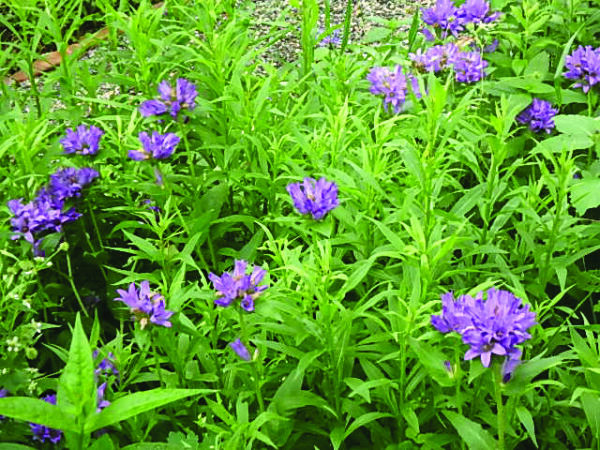
Moist soil is also good for Japanese iris. In fact, it is often grown in shallow water. I have one clump that has just begun blooming, after all the others. Its foliage is similar to Siberian iris, but the “falls” or petals lie back flat, looking up. It does not like the competition of weeds, I have learned, as we weeded it well early on, and it is going to bloom dramatically this year.
Great masterwort has small domed blossoms in white or pinky-purple that look like pins stuck in a small pincushion, surrounded by delicate bracts (petal-like structures). Deer won’t eat it, and it blooms for weeks, preferably in moist, sunny locations. Each year my clumps get bigger and more wonderful.
At the front of a prominent flower bed I have installed lady’s mantle, a tidy plant with lacy clusters of chartreuse flowers, a color that accents others nicely in a vase, or in the garden. It is probably best known for its tidy foliage which traps rain drops or dew and shows them off. It works as a ground cover, spreading a bit each year and providing dense foliage that helps reduce weeds. It will grow in full sun or light shade but does not thrive in hot, dry soil.
In addition to perennials, each year I grow some annuals. Last year we started many dahlia tubers for their big, colorful blossoms, and saved the tubers indoors to reuse this year, and to share with others.
This year we bought some canna lilies for their interesting foliage — one variety has deep purple leaves — and bright orange or yellow flowers. They stand from 2 to 6 feet tall and have been blooming consistently for a month so far.
If your garden is a bit short of flowers just now, try some of those mentioned above. There is always space for a few more.
Featured photo: Betony ‘Hummelo’is a good cut flower. Photo courtesy of Henry Homeyer.

